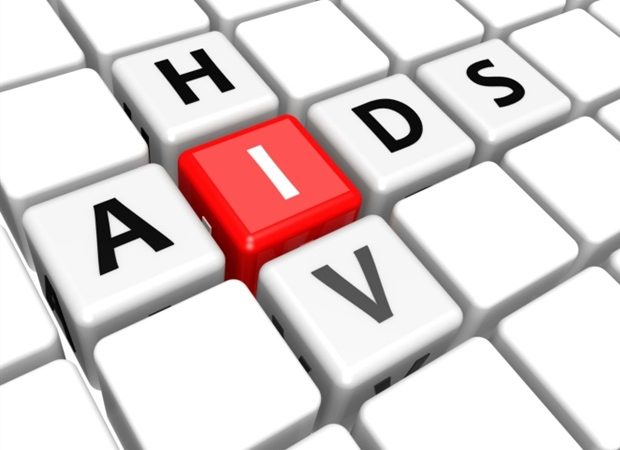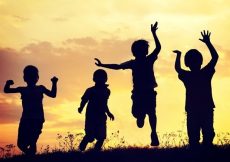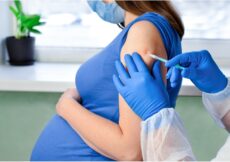Researchers at Columbia University Mailman School of Public Health found marked decreases in orphanhood particularly double orphanhood, among adolescents in Rakai, Uganda, corresponding with the availability of antiretroviral therapy (ART) beginning in 2004 and of male medical circumcision in 2007. Until now, little had been known about the contribution of HIV combination prevention including ART and male circumcision to recent trends in orphanhood.The study is published in the Lancet HIV.
Orphanhood declined from 52 percent in 2001–02 to 23 percent by 2016–18 while double orphanhood declined from 20 percent to 3 percent. The largest decline occurred in double-orphanhood (83 percent), followed by paternal orphanhood (44 percent), and maternal orphanhood (29 percent).
Our findings suggest that trends in orphanhood were significantly associated with community prevalence of ART use, male circumcision, HIV prevalence, and socioeconomic status. Our findings emphasize how HIV combination prevention reduces mortality among adults and orphanhood among their adolescent children.”
John Santelli, MD, MPH, Study Lead Author and Professor of Population and Family Health and Pediatrics, Columbia University’ s Mailman School of Public Health
In sub-Saharan Africa orphanhood increased markedly in the 1980s and 1990s because of HIV-related mortality, among parents.HIV-related orphanhood among adolescents in sub-Saharan Africa has been associated with adverse physical and mental health and social consequences in addition to behavioral risk for HIV among adolescents.
Santelli and colleagues from Columbia, Johns Hopkins University, Washington University, Makerere University in Uganda, and the Rakai Health Sciences Program, examined the prevalence of orphanhood among adolescents aged 15–19 years, before and after roll-out of ART in 2004 and male medical circumcision in 2007, using data from 28 continuously followed communities within the Rakai Community Cohort Study. They estimated adjusted relative risk ratios for maternal-only, paternal-only, and double orphanhood compared with non-orphanhood over 11 survey rounds between 2001 and 2018. They examined the association between orphanhood and community prevalence of ART use among people living with HIV and the prevalence of male circumcision, including traditional circumcision, controlling for community HIV prevalence, household socioeconomic status, and adolescent age.
The prevalence of ART use among people living with HIV in the Rakai region of southcentral Uganda increased from 11 percent in 2005–06 to 78 percent in 2016–18. Male circumcision rates rose from 19 percent in 2005–06 to 65 percent in 2016–18. A 10 percent increase in community prevalence of ART use was associated with a decrease in maternal orphanhood and double orphanhood. In the post-ART era, a 10 percent increase in the community prevalence of male circumcision was associated with decreases in paternal orphanhood and double orphanhood.
“The impact of male circumcision was confined to paternal orphanhood and double orphanhood, which is consistent with research showing that male medical circumcision prevents transmission from HIV-positive women to HIV-negative men, but not from HIV-positive men to HIV-negative women,” noted Dr. Fred Makumbi of Makerere University and senior author on the report. “We know that a reduction in HIV infection among men will reduce infection among women over time.” ART use among people living with HIV also reduces HIV transmission and eventually HIV-related orphanhood.
“Before our study, we knew that the combination of ART and male circumcision was highly effective in preventing HIV transmission; now we know it is also effective in reducing orphanhood,” said Santelli. “Reductions in orphanhood promise improved health and social outcomes for young people including improved mental health, higher educational attainment, and reduced child marriage.”
A complete list of co-authors and their institutions is published in the PDF.
The study was supported by Eunice Kennedy Shriver National Institute of Child Health and Human Development, the National Institute of Allergy and Infectious Diseases, the National Institute of Mental Health, and the Division of Intramural Research of the National Institute for Allergy and Infectious Diseases.
Source:



































